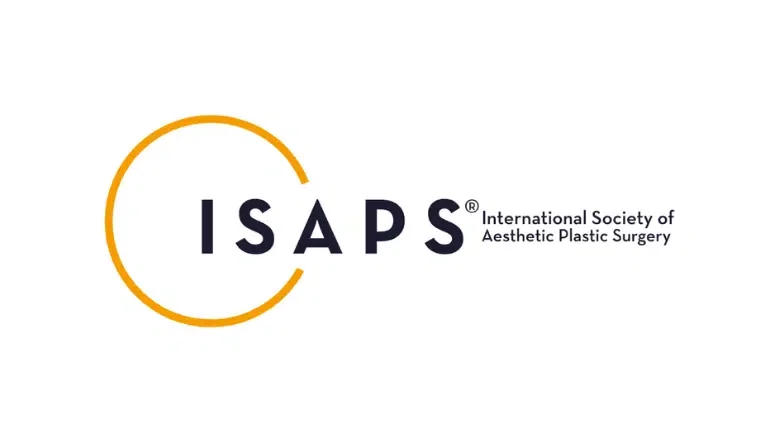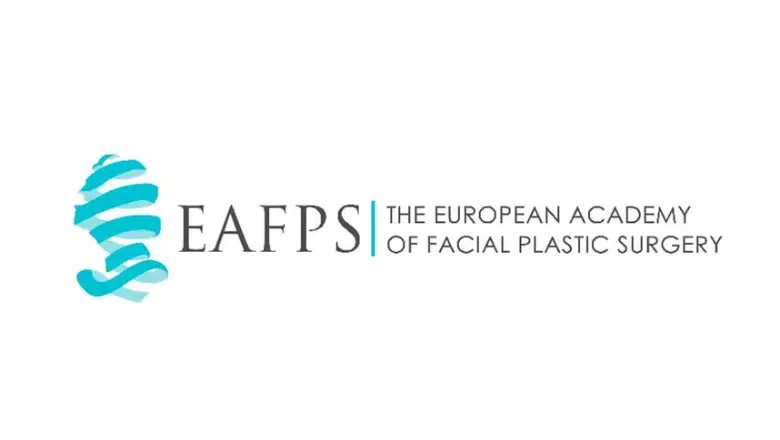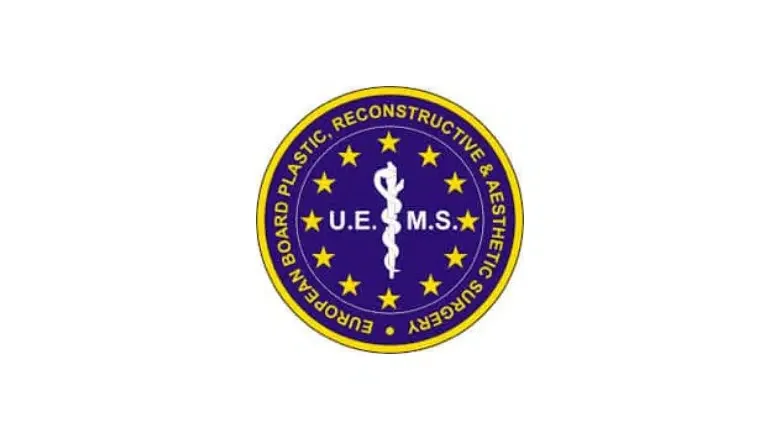Understanding Ultrasonic Rhinoplasty: A Safer Approach to Nose Reshaping
Ultrasonic rhinoplasty, commonly known as Piezotome rhinoplasty, stands out as a modern, less invasive alternative to traditional nose surgery. This advanced technique significantly lowers the risks associated with conventional rhinoplasty procedures.
In traditional nose surgery, surgeons reshape the nasal bone and cartilage using instruments like rasps, hammers, and chisels. While effective, these tools can inadvertently harm the nasal structure and nearby tissues. This can lead to increased bruising and swelling after the operation, potentially impacting the final aesthetic outcome.
The Piezotome or ultrasonic approach to rhinoplasty addresses these concerns. It utilises specialised inserts powered by piezoelectricity, which generate ultrasonic vibrations. These vibrations enable plastic surgeons to cut through bone and hard cartilage with remarkable precision and safety. The method ensures the nose is resized and reshaped accurately, all while avoiding trauma to the soft tissue surrounding the area.
RELATED: How To Make Your Nose Smaller
At Centre for Surgery, we pride ourselves on being at the forefront of cosmetic rhinoplasty advancements. As one of the select plastic surgery clinics in the UK offering this innovative ultrasonic technique, we provide our patients with an option for nose reshaping that ensures unparalleled accuracy, minimal swelling and bruising, and a quicker recovery period. Our expertise in this field makes us a preferred choice for those seeking safer, more effective nose surgery solutions.
RELATED: Nose Surgery FAQs – Q&A about Rhinoplasty
Exploring Piezotome Rhinoplasty: A Safer Nose Reshaping Technique
Piezotome rhinoplasty, also referred to as ultrasonic rhinoplasty, is a modern and advanced form of nose reshaping surgery. Its primary goal is to reduce the size of the nose, enhancing its aesthetic appearance. What sets this technique apart is its use of high-speed ultrasonic sound waves. These sound waves allow for precise cutting and shaping of bone and dense cartilage in the nose, without harming the surrounding soft tissues.
This method is highly valued for its precision and safety, providing an array of benefits. Piezotome rhinoplasty is employed to:
- Refine the nose’s contour for a more aesthetically pleasing shape.
- Narrow the nasal bridge with remarkable accuracy.
- Remove or diminish the presence of a dorsal hump.
- Correct a crooked nose, ensuring straightness.
- Reduce the overall size of a large nose.
- Adjust the nose profile for a balanced facial symmetry.
Due to its precise nature, Piezotome rhinoplasty is considered a safer and more accurate approach to nasal surgery compared to traditional methods. At the Centre for Surgery in London, surgeons frequently perform this sophisticated procedure. They are skilled in using this technique to deliver results that include a slimmer, straighter, and more symmetrical nose, tailored to each individual’s unique facial structure and aesthetic goals.
Ultrasonic Rhinoplasty Versus Traditional Rhinoplasty: A Comparative Analysis
Ultrasonic rhinoplasty, employing piezoelectric instruments, has revolutionized the approach to reshaping the bones and cartilage in the nose, offering a gentler and more atraumatic technique. This advanced method stands in contrast to traditional rhinoplasty techniques, which have their unique set of challenges and outcomes.
RELATED: Risks Of Rhinoplasty Surgery – How To Have A Safe Nose Job
In traditional hump reduction rhinoplasty, surgeons typically use tools such as rasps, chisels, and hammers. These instruments are effective in removing bone and cartilage to reshape the nose, but they also present several risks:
- There is a potential for the nasal bones to splinter, leading to accidental fractures.
- The use of these instruments can cause additional trauma to the surrounding nasal tissue, contributing to increased swelling, bruising, and scarring post-surgery.
On the other hand, ultrasonic rhinoplasty offers a refined approach. This technique allows surgeons to precisely cut or remove nasal bones without resorting to traditional surgical tools. Key benefits of using piezoelectric inserts (PI) in ultrasonic rhinoplasty include:
- Significantly reduced risk of injury to surrounding soft tissues, including the skin, mucosa, and delicate nose cartilage.
- Selective action on hard cartilage and bone within the nose, ensuring targeted modifications.
- Prevention of accidental fractures or splintering of the nasal bones, leading to a smoother postoperative recovery.










